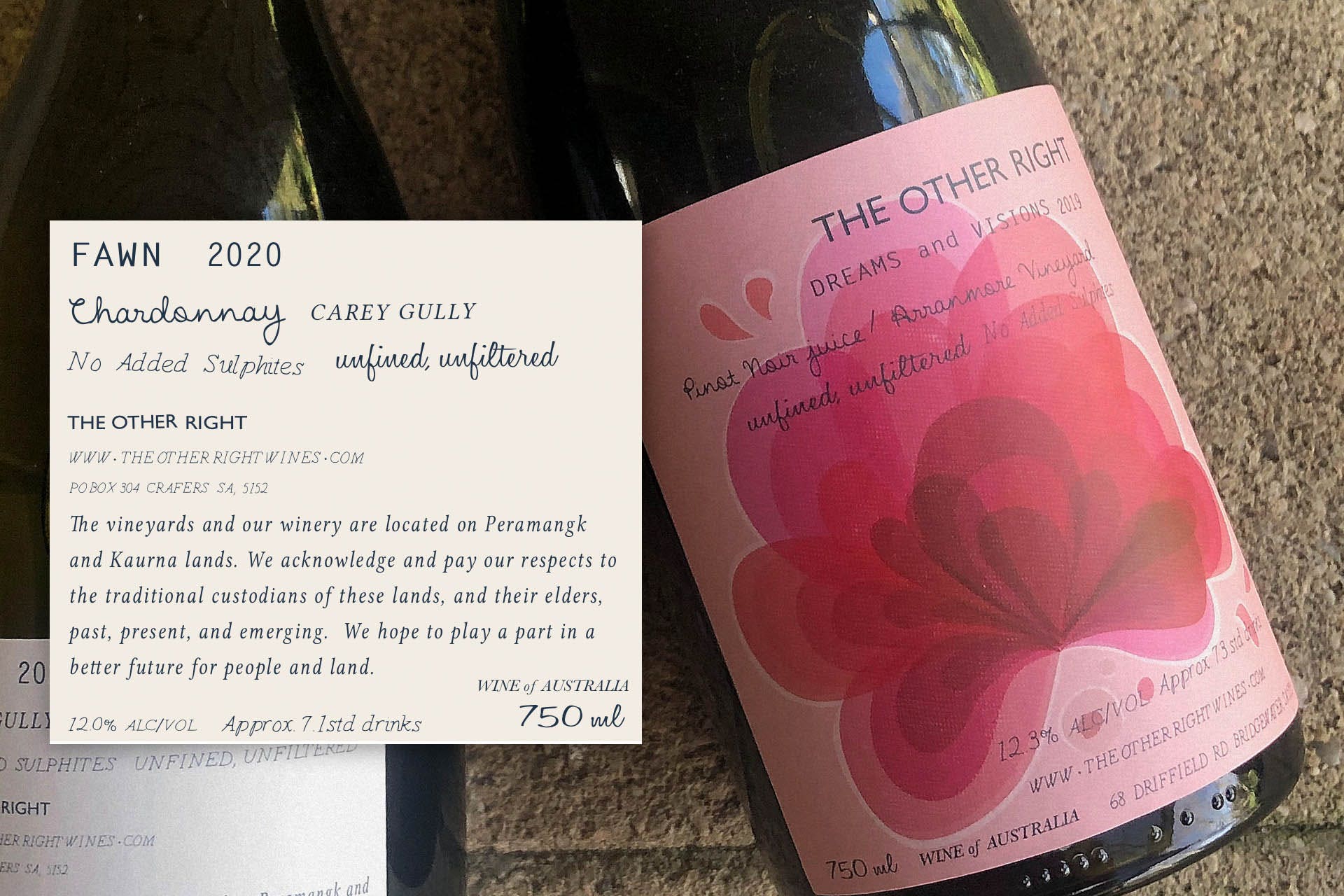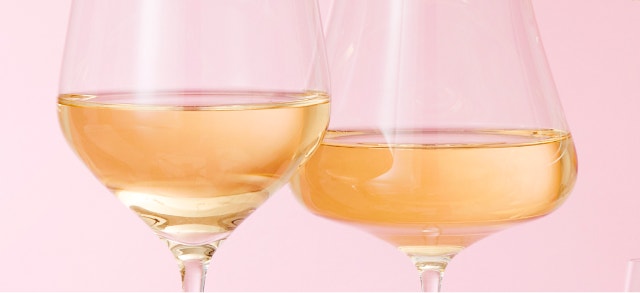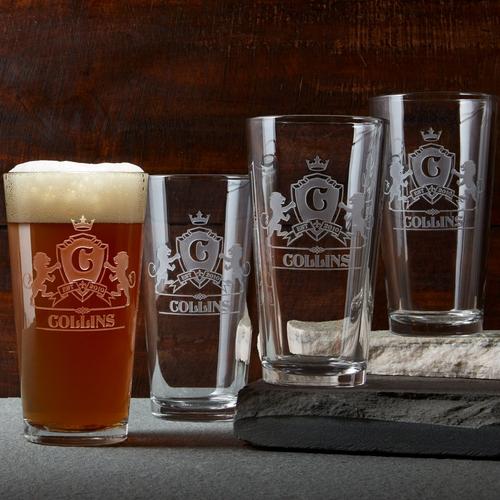Wine Enthusiast |
- The Australian Winemakers Pushing to Recognize Indigenous Land Names
- Racy and Ageworthy, Rioja’s White Wines Deserve Attention
- 10 American Pale Ales That Bring Bitter Flavors to the Fore
| The Australian Winemakers Pushing to Recognize Indigenous Land Names Posted: 25 Aug 2021 04:45 AM PDT  Last month, Australia's post office announced it would include a prompt for Indigenous place names on address forms. Brought on by a Gomerai woman's petitions, this is the latest development in a movement to acknowledge and honor the traditional, precolonial names of destinations throughout Australia. The wine industry is evolving in tandem. The back label of wines from The Other Right's 2020 vintage, made from vineyards around South Australia, reads, "The vineyards and our winery are located on Peramangk and Kaurna lands. We acknowledge and pay our respects to the First Nations People, the traditional custodians of these lands, their histories and culture." Jauma and Commune of Buttons, two wineries in the Adelaide Hills region, made a similar change to their 2020 bottlings. Their labels now say "Peramangk Country" instead of "Basket Range" or "Forest Range." While some worry about tokenism, others believe these are enormously important changes. They represent not just semantic shifts, but also an effort for Australians to reckon with collective pasts—and futures.  When Alex Schulkin and Galit Shachaf of The Other Right arrived in Australia 12 years ago, they "had literally no idea about anything in terms of the original custodians of the land," says Schulkin. The couple had not heard about the Stolen Generation of Indigenous children who were forcibly removed from their parents; they were unaware of the landmark case "Mabo v Queensland," which recognized Indigenous people as the rightful owners of Australia and asserted they could reclaim land through proven continuous presence; they didn't realize that it took until 2008 for the government to issue a formal apology for its "past mistreatment" of "the Indigenous peoples of this land, the oldest continuous cultures in human history." Over time, their awareness grew. "We started thinking maybe there's something we could do as well," says Schulkin. "It's tricky; a few years ago, we realized no matter what you do it will not be enough." But he and Shachaf reasoned that didn't mean do nothing. After consulting with a family friend of Indigenous heritage, they decided to add an acknowledgment to their labels. They knew it could be perceived as tokenism.
"Sometimes you see a signature [with an acknowledgement] in an email," says Schulkin, "and it's a corporation that mines Aboriginal lands, and that's a token." For The Other Right, the priority was that they add an acknowledgment with a genuine spirit. "We consulted a few people, put some of our thoughts together and tried to phrase it best we could," he says. Their family friend warned that "certain [phrases] should not be used—such as 'Aborigines,' which is a colonial word," although Aboriginal is acceptable. There is also an important difference to Indigenous Australians "between 'land' and 'Country.'" The latter refers to "not just the land but also the culture and the history; whereas land is land, soil," says Schulkin. Since the Adelaide Hills, where The Other Right is based, encompasses an area that was home to the Kaurna (pronounced Garna) and Peramangk cultures, both are named on their labels. On Travis Tausend's debut vintage in 2015, the labels read "Kaurna Country," omitting the Clare Valley designation. "I originally did it because I've always wanted to communicate place and history in multiple different ways," says Tausend. Now, he writes both "Peramangk Land" and "Hope Forest," to "communicate land and culture," he says. "There's the Indigenous, or First Nations, there's the multiple thousand years of history there; then there's my history, my winemaking history. I'm not putting any importance on either," he says. "The history of a place is wrapped up in the English or Australian equivalent of terroir—culture, land, my culture and the culture I come into contact with." In addition to sparking dialogue, Tausand hopes to generate donations. He gives a portion of his profits to Pay the Rent, whose premise is that non-Indigenous Australians should "pay rent" for the land they're on. A council of Indigenous elders distributes those funds to First Nations people to fund everything from education to healthcare without government intervention. "Even if it's a Wikipedia search," based on his labels, "it's enough to start a conversation—and that's the whole point, right? The wine is a liquid conversation," says Tausend. For Jack Buckskin, a Kaurna and Narungga man who has devoted his life to recovering Indigenous languages, traditional names add an important level of specificity. "Adelaide is a very new name," he says. "It's not significant to the place. Through colonization people have put other names in places that aren't relevant to the elder. By putting things on labels like that, it helps people realize the place they're standing on."
He mentions that early colonizers often recorded Aboriginal language as a monolith, rather than recognizing linguistic divergences between cultures. He suggests that winemakers considering adding Indigenous words should seek "consultation with your First Nations and traditional owners" to make sure they get it right. That could be as simple as looking for organizations such as Kaurna Warra Karrpanthi (KWK), where Buckskin is involved. Although both The Other Right and Tausend use vineyards that are leased from growers, Jasper Button of Commune of Buttons is an estate winegrower. "I don't feel like it's necessarily a wine-specific thing," says Button about the impetus to add Indigenous place names. "It's more a responsibility of land users."  He feels that citing a traditional name calls attention to environmental issues and Indigenous communities' incredibly sophisticated approach to land management. Alluding to bushfires that tore through Australia in 2019 and 2020, Button mentions the Indigenous practice of controlled burning. "In Australia, we have a problem of lack of recognition," says Button. "And a lack of public acknowledgment of the people who were here and still are here. It needs to come to the light and anyone working on the land should acknowledge the country they're working on. That's the beginning, there's a lot more to learn." Until mid-2020, James Erskine and Sophie Taylor of Jauma Wines felt hesitant about adding "Peramangk Country" to wine labels. Black Lives Matter protests changed their perspective. "By not acknowledging this farming and winemaking being done on Aboriginal land that was not ceded to whites, I am dishonoring, and showing my white privilege," James says. "The action of fear is an action of white privilege." A name may also acknowledge the ways in which Aboriginal and Torres Strait Islander communities are still marginalized. For example, recent data indicates that Indigenous Australians are disproportionately incarcerated. As well, billion-dollar mining companies are permitted to destroy sacred sites, ignoring ongoing pleas to "Heal Country." "We haven't gone anywhere," says Buckskin. "In all these countries, you've got First Nations people alongside you, but a lot of people don't want to bring them to the table. You're disrespecting them even more. By building relationships and bringing them to the table, you're offering respect." |
| Racy and Ageworthy, Rioja’s White Wines Deserve Attention Posted: 25 Aug 2021 04:30 AM PDT  If I say Rioja, you say what? Tempranillo? Garnacha? Sure, Spain's most famous wine appellation may be best recognized for its reds. But until the start of the 20th century, more of Rioja's acres were planted with white grape varieties, says Jesús Martínez Bujanda, owner and CEO of Washington's Valdemar Estates, who represents the fifth generation of the family that founded Spain's Bodegas Valdemar. Back then, white wines were often considered to be safer than the local drinking water and white grapes' prolificacy enabled winemakers to maximize production. It was phylloxera's arrival in France that caused Rioja makers to refocus and match the export market's new demand for red wines. Today, white grapes make up just 10% of the region's plantings. However, there's recently been renewed excitement around white Rioja, also known as Rioja blanco. "We are growing and learning more and more about them every day," says Raquel Pérez Cuevas, owner of Bodegas Ontañón in Rioja Baja. The detailsWhen made from a blend of grapes, these wines must contain at least 51% Macabeo. Called Viura in Rioja, the native variety lends depth and ageability. Other regional grapes used include Tempranillo Blanco, a genetic mutation of red Tempranillo that provides acidity and herbaceousness; Malvasía, a low-acid variety that can add body or weight; and Garnacha Blanca and Maturana Blanca. Chardonnay, Sauvignon Blanc and Verdejo are also permitted. The stylesTwo overarching styles have emerged: racy and mineral-driven, easy-drinking bottles from a high percentage of Tempranillo Blanco, and those made mainly from Viura, which can offer more complexity and a lengthier finish when aged in oak. Fresher whites work well with simple dishes like lemon-grilled halibut or asparagus risotto, while barrel-fermented bottles pair with powerfully flavored cuisine like hoisin-glazed duck or yakitori.
|
| 10 American Pale Ales That Bring Bitter Flavors to the Fore Posted: 25 Aug 2021 04:15 AM PDT  There should be no argument: Sierra Nevada Brewing Co.'s pale ale is the benchmark for the American-style Pale Ale category and one of the most beloved beers in the modern era of brewing. When it was first brewed and released in 1980, it was a revelation: a hop-forward wonder, with aromas and flavors of pine and citrus. It also pushed boundaries. It registered in the 30s of the International Bittering Units (IBU) scale at a time when many of the available lagers were in the single digits. For more than 40 years, it has been the beer that craft beer drinkers have celebrated and brewers have tried to replicate in their own recipes. Other pale ales soon joined Sierra Nevada at the beginning of the microbrewery movement, and these hoppy ales shifted consumer tastes and made bitter a vogue taste sensation. The style soon grew into re-popularizing the India Pale Ale category, a boozier and more generously hopped ale. Experimentation and boundary pushing continues to this day. The American-style Pale Ale finds itself at a crossroads. There are some brewers that are sticking to the earlier interpretations. This means clear-as-a-bell light-copper-colored ales, with a thick head of foam, robust hop aroma, sweet and bready malt flavor, and pleasing bitterness on the finish, all in a 5% alcohol by volume (abv) range. Others have adopted the double dry hopped method to their recipes, where hops are added during the fermentation process, leaving a softer, juicier, less bitter hop taste, and also clouding up the beer. Often these are vibrant with aromas of modern hop varieties like Citra and Mosaic, offering robust citrus aromas and tropical fruit profiles. With this style, the modern drinker has the opportunity to try the whole range of pale ales. The category might not get the attention it once did, especially in today's Mount Whitney-sized shadow of IPAs, but it is deserving of a closer look and time in your glass. Creature Comforts Automatic; $11/12oz 6 pack, 94 points. Bright with lemony citrus hops and grapefruit peel, this easy drinking pale ale is an easy go-to choice for any occasion. With bready malt, low bitterness, and a semidry finish this medium bodied ale ticks all the boxes for a hoppy, but not overwhelming refresher. Russian River Citra Flash Mob; $20/16oz 4 pack, 94 points. This is a fluffy, citrus-forward pale ale, with infinite drinkability as it seems to shift on the palate between sips. With a deft use of a grain bill, there is a full-body character while still being light, and it's low on bitterness. Buy to share with friends, and then keep for yourself, just keep an eye on the higher-than-average alcohol. Urban Chestnut Urban Underdog; $9/16oz 4 pack, 94 points. Golden orange in color, with slight haze and a pillowy mouthfeel, this offers flavors of orange, tangerine, and clementine. With low bitterness and the faintest bit of pine on the finish, this is a pale ale for lazy summer afternoons swinging in the hammock. Liquid Gravity Pale from the Crypt; $17/16oz 4 pack, 93 points. With a subtle fruit bouquet of tropical fruits and citrus, this golden pale ale leaves a fizzy sensation on the tongue between sips. Malt sweetness with both caramel and bread crust mix with passion fruit and clementine for a lively experience. Bits of modern flair with a nod towards history. Offshoot Drifting; $14/16oz 4 pack, 92 points. Bronze with slight haze but a big fluffy head, this caramel-malt forward ale has a thread of sweetness throughout that holds the line against the encroaching pine and citrus hop bitterness that creep in early and grow with each sip. The West Coast loves hops, and this well-established brewery plays into that reputation. Bissell Brothers Lux; $20/16oz 4 pack, 91 points. Hazy orange, with a low head, the vibrant hop aroma in this ale is a wonderful showcase of tropical hops and sweet citrus. A modern interpretation indeed, but one with nuance and a playfulness that keeps the palate interested sip after sip. Brewed with locally grown malts. 4 Hands City Wide; $10/16oz 4 pack, 91 points. With a pine-forward and strong citrus-hop smack, this is a pale ale that honors tradition with malt and hop balance. The bitterness never gets overwhelming and a slightly sweet note keeps the tastebuds engaged. The right beer for when the craving for hops comes on strong. We Recommend: Chapman Sultan of Smash; $16/16oz 4 pack, 90 points. The brewery uses just a single malt (Vienna) and a single hop variety (Centennial) in this pale ale that shows how much can be done with few ingredients. Pale golden, there is a lime-zest-like aroma that veers into a pungent fermented citrus note towards the finish. The malt is crisp, like a fresh loaf of country bread, with a touch of sweetness. Proof EightFive-0; $10/12oz 6 pack, 90 points. Orange, lemon, tangerine and clementine aromas and flavors mix well in this citrus-forward pale ale. There's a touch of malt sweetness and low bitterness that keep the taste buds happy sip after sip. Small Change A Little Rain; $14/16oz 4 pack, 90 points. This is a soft and inviting pale ale that doesn't skimp on the hops, but never overwhelms with bitterness. Pineapple, passion fruit and guava come through on the palate, ending on a sweet finish. |
| You are subscribed to email updates from Wine Enthusiast. To stop receiving these emails, you may unsubscribe now. | Email delivery powered by Google |
| Google, 1600 Amphitheatre Parkway, Mountain View, CA 94043, United States | |


















0 comments:
Post a Comment